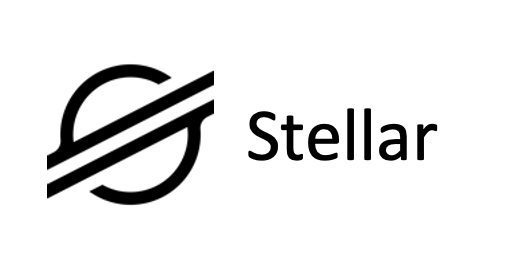
Since its launch in 2014, Stellar has become an important platform connecting banks and payment systems. Its underlying cryptocurrency, Stellar Lumens (XLM), not only provides a fast, secure and low-fee solution for international transfers, but also promotes the decentralization of finance globally. This article will delve into Stellar’s background, capabilities, and its importance in the cryptocurrency space.
The origin and development of stars
Stellar Network was co-founded by Jeb McCaleb, the founder of Bitcoin exchange Mt. Gox, and the co-founder of Ripple Network. In July 2014, Stellar Network was officially launched, initially issuing a total of 100 billion Stellar Lumens (XLM). This network aims to simplify the transfer process of fiat currencies in a decentralized manner and support cross-border transfers between any currency pairs.
Early application: In August 2013, Mercado Bitcoin, Brazil’s first Bitcoin exchange, announced the use of the Stellar network, marking Stellar’s first attempt at practical application. By January 2015, the number of registered users of the Stellar platform had reached approximately 3 million, and the market value of Stellar Lumens quickly climbed to US$15 million. These data fully reflect the potential and development prospects of Stellar Lumens in the cryptocurrency market.
Stellar Lumens Features and Benefits
Fast and secure transfers: As the basic cryptocurrency of the Stellar network, Stellar Lumens (XLM)’s main function is to provide fast and secure international transfer services. Through the Stellar Protocol, users can complete cross-border transfers in seconds with extremely low fees. This advantage makes Stellar stand out in the global payments field.
Decentralization and openness: Stellar Network is a decentralized open source payment platform where anyone can participate in the network. Compared with Ripple Network, Stellar Network emphasizes openness and allows developers to create decentralized applications (dApps) and smart contracts. This makes Stellar Network not only a payment platform, but also an innovative ecosystem.
Multiple currency support
Stellar Network supports exchanges between multiple fiat currencies and cryptocurrencies. Users can easily transfer funds between different currencies through Stellar Lumens (XLM), which provides great convenience for international trade and multinational enterprises.
Stellar market competition: The main competitor of Stellar Network is Ripple Network. Both are committed to providing companies and enterprises with faster and more affordable electronic accounting services. However, the openness and decentralized nature of the Stellar network give it more advantages in certain application scenarios. Many well-known enterprises, such as IBM, Deloitte and Stripe, have begun to use the Stellar network for financial transactions and payment processing.
Application examples of Stellar Network
Stellar Network has a wide range of applications, covering many fields from financial services to supply chain management. For example, companies can launch initial coin offerings (ICOs) through the Stellar network, similar to cryptocurrencies issued on the Ethereum network. However, the operation of Stellar Network is relatively simple, making it easier for users to trade and invest on the platform.
The Future of Cryptocurrency and the Potential of Stellar Lumens: As global acceptance of cryptocurrencies continues to increase, Stellar Lumens (XLM), as a decentralized electronic currency, has huge potential for future development. Its application in international transfers, cross-border payments and other fields will further promote the transformation of global finance.
in conclusion
Stellar Lumens (XLM) is not only a cryptocurrency, but also a bridge connecting the global financial system. Through its fast, secure and low-fee characteristics, Stellar is changing traditional payment methods and providing more convenient financial services to users around the world. With the continuous advancement of technology and the gradual maturity of the market, the future of Stellar Lumens is undoubtedly bright.